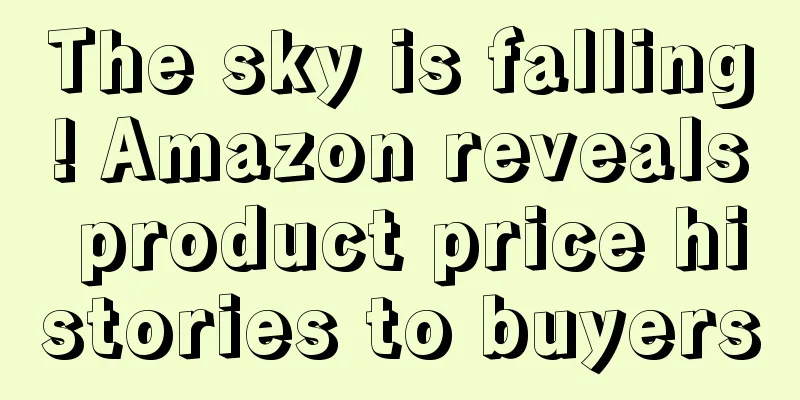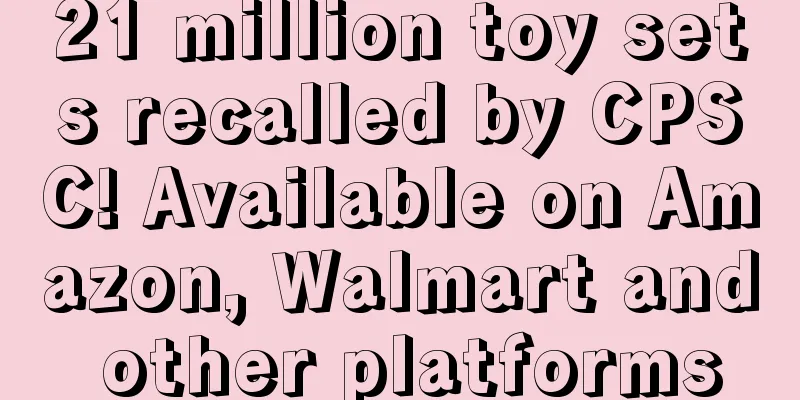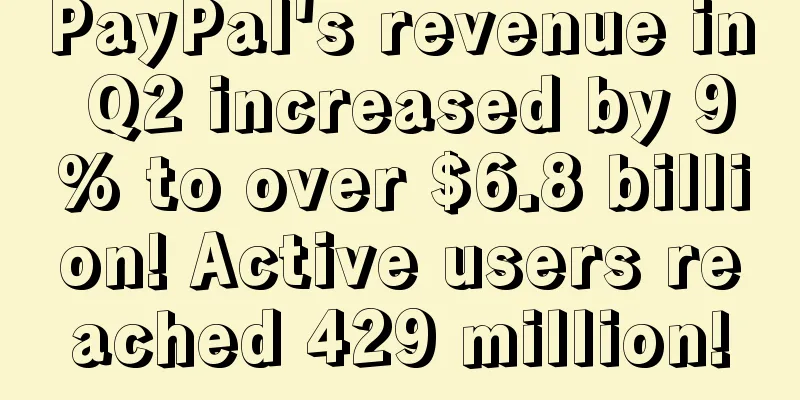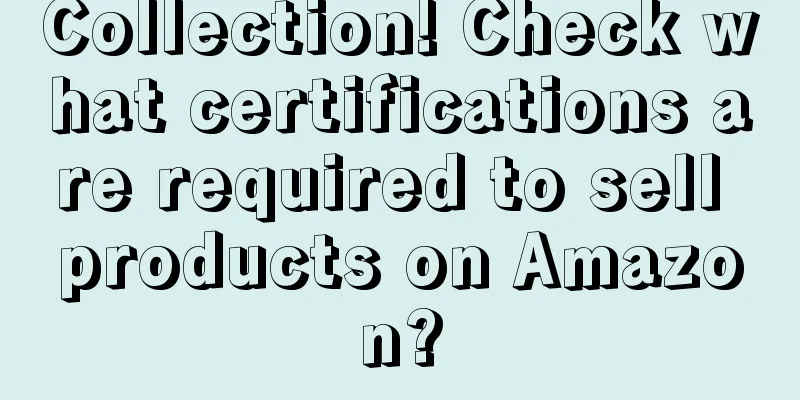The sky is falling! Amazon reveals product price histories to buyers

|
Recently, Amazon has made many adjustments to the front-end, from sales volume display, page views and return rate display, etc., and is currently testing new features such as [price history query function] . These changes will directly affect the user experience and the seller's daily sales. Many sellers are worried that such new changes will increase operational difficulty and intensify internal competition. Recently, Amazon launched the price history query function of Rufus AI shopping assistant, which allows some consumers to view the historical lowest price of products. For example, search for the Halloween stickers below, click Rufus, and then use "price history" to see that the current price of $11.99 is higher than the average price on Amazon over the past 30 days. In addition, Rufus AI also provides a line chart showing the price changes of the product over the past month , allowing consumers to clearly see price fluctuations. In addition, buyers can also receive notifications of price changes in shopping cart items, such as "product price reduction or price increase" . Even if it is only 1 cent, consumers can know that if Amazon believes that the price of the product on the platform is not competitive compared with other platforms, it may hide the "buy" button of this product and require consumers to click on other products to complete the purchase. Currently, the public price history feature is being tested among some users in the United States, and this feature may be promoted to more consumers in the future. Simply put, this function will directly affect consumers' purchasing decisions. When consumers see that the price is not favorable or the current price is too different from the historical price, they will choose to buy from other stores or buy on another day. As for sellers, they need to monitor and adjust product prices more frequently , adopt transparent pricing strategies, and enhance product value to maintain competitiveness. If necessary, they can consider using professional price tracking tools to keep abreast of market trends. In addition to the new historical price query function, the labels "Not competively priced" and "Competitively priced" appear on Amazon search pages and product details pages. According to Amazon, the competitive price threshold can be defined as “ prices based on competitive prices from other retailers (excluding other Amazon sellers). If a seller’s price + shipping (minus Amazon credits) is higher than this competitive price, the offer may not be eligible for the Buy Box . ” Amazon provides this specific dollar amount to marketplace management every time it updates marketplace data. The emergence of these two labels is equivalent to Amazon using algorithms to determine and inform consumers whether the price of the seller's products is higher or lower than the market average, and whether it has a price competitive advantage. Note: In general, Amazon uses pricing data from other retailers to determine the competitive external price of products, and the platform considers several different factors: average selling price, Amazon pricing, derived price per unit, product list price, etc. to determine how the pricing of products on the platform compares to the pricing of similar products sold by other retailers. Sellers can also optimize prices around these dimensions. Many sellers believe that this label is a measure taken by Amazon to increase traffic and deal with low-price competitors. Is it simply the official step to force sellers to engage in internal competition? Will the price be aligned with Temu in the future? The situation of sellers has become even more difficult... Although this label has not been officially launched and is still in the internal testing stage, it will have a significant impact on the conversion rate of products. Once this function is launched, the products with the label may have to reduce their prices, which will in turn trigger more price wars among peers, leading to more intense internal competition! |
<<: New on the front page! Amazon search results display sellers’ store ratings
>>: Amazon warehouses are full in October! Sellers have to relocate their shipments for 3 months
Recommend
Efficient layout and adjustment strategies of three Amazon advertising positions
text As we all know, Amazon roughly divides the l...
What is aCommerce? aCommerce Review
aCommerce is an e-commerce TP agency operation com...
What is Linnworks? Linnworks Review
Linnworks can bring all your sales processes toget...
Alibaba's "American Dream" shattered as the goal of one million B-end sellers was not achieved
It is learned that according to FT reports, Alibab...
Amazon Listing FAQs
Listing is divided into product search results pa...
In preparation for the peak season, there are new changes in cross-border logistics, platforms and taxation!
With the rise of the "Four Little Dragons&qu...
What is Wanfang Network? Wanfang Network Review
Shenzhen Wanfang Network Co., Ltd. is a cross-bord...
Must read!! What are Amazon’s new regulations?
1. Expand the scope of return processing fees: St...
[Practical Tips] How to turn slow-selling products into hot-selling products? Detailed explanation of off-site deals
Unsaleable products are a terrible thing for Amazo...
U.S. e-commerce sales rise in Q1 2023, but penetration remains flat
It is learned that on May 18, the U.S. Department ...
UPS released its third quarter financial report for 2024, with operating profit surging 47.8%
It is learned that on October 24, according to for...
Etsy Q3 financial report interpretation: three growth drivers that cannot be ignored
It is learned that Etsy recently announced its thi...
What is DX.com (Dealextreme)? DX.com (Dealextreme) Review
DX.com belongs to DX Holding Group and is a compre...
Online grocery sales in the U.S. reached $8.5 billion in January! 69 million households choose online grocery shopping!
It is learned that according to the latest Brick M...
What is 4KMILES? 4KMILES Review
4KMILES (Four Thousand Miles) is a one-stop and ef...









